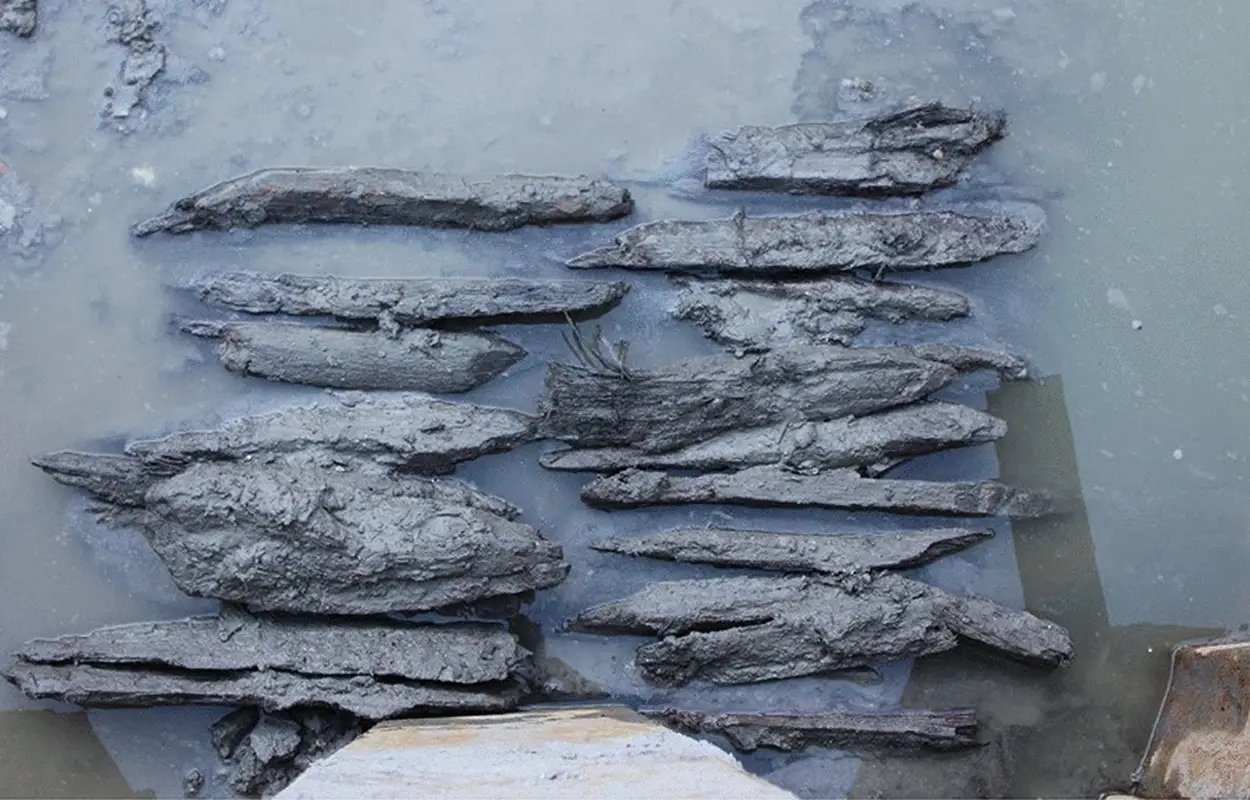Archaeologists have uncovered a series of ancient wooden palisades off the coast of Grado in northeastern Italy, providing rare evidence of how sea levels along the Adriatic have changed since Roman times.
The discovery, announced by Italy’s National Institute of Geophysics and Volcanology (INGV), offers new insights into how ancient communities adapted to a shifting coastline over the past two millennia.
The three structures, made from rows of wooden stakes driven deep into the seabed, date from the Roman and early medieval periods. Radiocarbon and dendrochronological analyses place their construction between the 1st and 6th centuries AD.
According to the research team from INGV, the National Institute of Oceanography and Experimental Geophysics (OGS), the University of Bologna, and the Regional Superintendency of Archaeology, the palisades served both as coastal defences and as part of land reclamation systems designed to hold back the advancing sea.
“The palisades of Grado are extraordinary time markers,” said Daniele Melini of INGV. “They allow us to reconstruct, with unprecedented precision, how the sea level has varied since antiquity and how people responded to those environmental changes.”
The oldest structure, dating to the early Roman Imperial period, lies about 60 centimetres below today’s sea level. Experts suggest that when it was built, the sea stood approximately 1.2 metres lower than it does today.
A second palisade, constructed around AD 566, was found in sediments that show clear evidence of permanent submersion, indicating that sea level had risen by at least 40 centimetres by that time. A third, less-preserved structure appears to have reinforced defences near the fortified settlement, or castrum, of Grado.
Beyond their archaeological importance, these findings are helping scientists calibrate models of long-term sea-level change in the northern Adriatic. By comparing the structures’ elevations with geological and glacial-adjustment data, researchers are refining how land movement and sea-level rise have interacted in the region over the last 5,000 years.
“Coastal areas are among the most vulnerable and are particularly at risk.”, explains Emiliano Gordini of the OGS, specifying that According to ISPRA reports, approximately 30% of Italy’s population lives in these areas, and according to estimates for the least critical climate scenario, sea levels could rise by approximately 0,5 metres by 2100.”
“This trend, exacerbated by the increasing frequency of extreme weather events, risks causing profound morphological changes to the landscape and significant damage to infrastructure and settlements located near the coast,” added Gordini.
Header Image Credit : INGV
Sources : INGV





